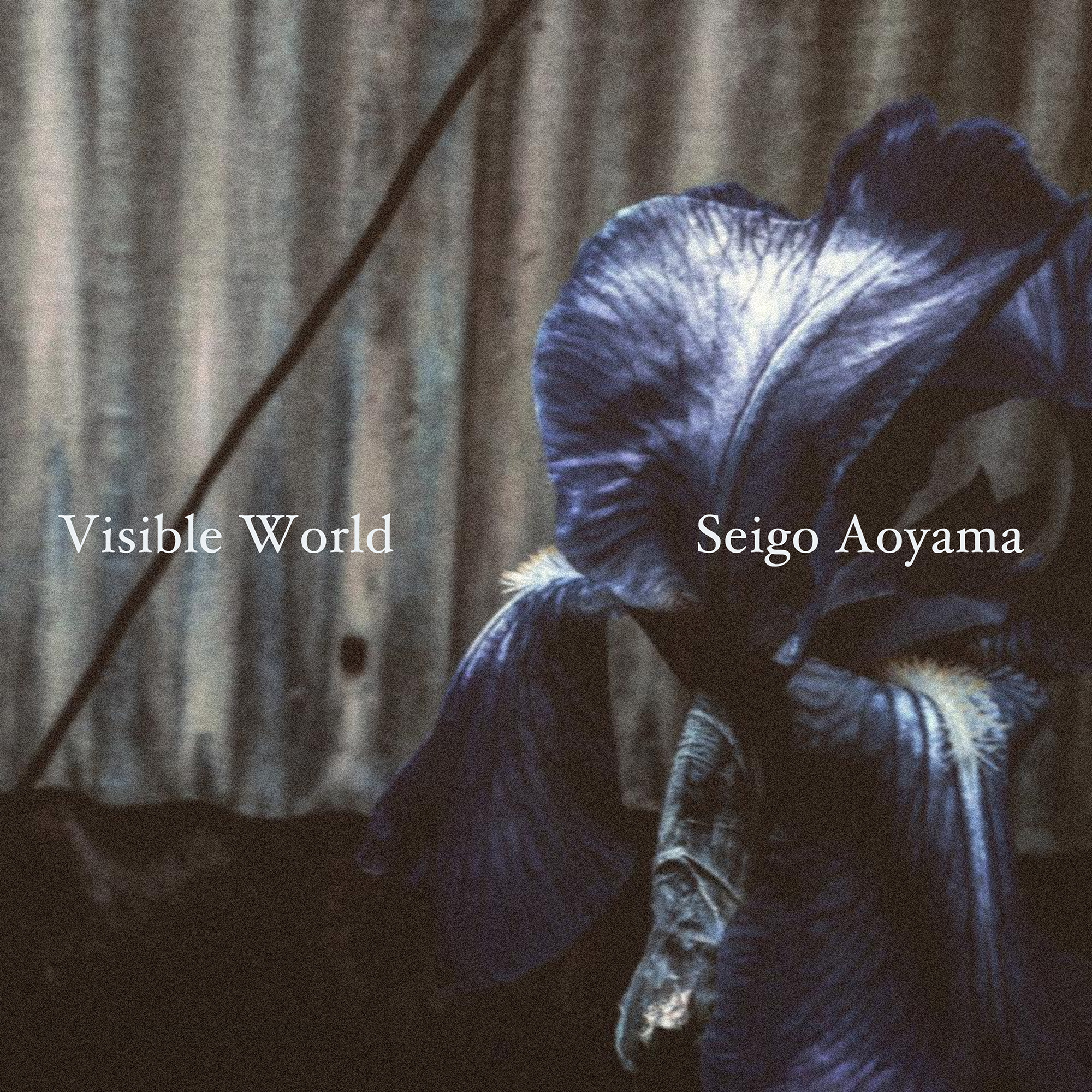
Visible World
Seigo Aoyama’s new album “Visible World” is an expression of his qualia. From his childhood days, he loved to imagine many landscapes, an abstract world in his mind. Using the acoustic piano and electric instruments, he strives to convert these images into music. The work weaves extracts from the external world of sound (factory noise, railroad noise, crowd and conversation) into the album’s narrative. Using them as instruments, the internal world and the external world become visible as one.
Tracklisting:
- Entfernung
- Luminous Snow
- Sleepover
- Zoetrope
- Backwater
- Northbound
- Soluble Music
- Flaskaborg
- Dapple Moon
- Visible World
Seigo Aoyama
Seigo Aoyama is a Japanese musician/composer/sound designer residing in Tokyo. He had been playing the piano since his childhood and started his career in music from 20 years old playing piano & keyboards in many pop, rock and jazz groups.
During his career, he studied classical musical and with a focus on 20th century composers (Debussy, Stravinsky, Cage, Reich and musique concrete). In 2014 he started incorporating field recording into his contemporary, ambient or experimental music. He has released 2 albums and composed music for the other performers.
Reviews
Dave's Place MusicAs a composer, Seigo Aoyama has a distinct fingerprint. The degree to which this is a blessing or a curse is entirely down to the individual's response to Aoyama's various explorations, of course. What is certain is that his corpus is one that is rich and diverse within a soundworld that has connections with classical art music, hints of jazz and pop, and that peculiarly Japanese approach to these matters through the sonic lens of Gagaku.
While atmospherics have been a key part of his work (listen to "Tweisamkeit" (2017)), he has taken his expanded textural palette of field recordings much further than before. On "Visible World", the union between these found sounds/field recordings and his compositional sounds is so close as to be inextricable (unlike the track "The Sun Over Treetops" from "Tweisamkeit", for example, where the field recordings are a clear thread running through the composition, or – arguably – sitting atop it).
A cursory listen to Aoyama's work might suggest that he is merely another "ambient composer". This is a disservice both to him, and to the listener who leaps headlong into that conclusion. The psychology of this music is much more complex than the majority of works herded into the ambient enclosure, and is saturated with detail. The interplay between the composed elements and the recordings creates an entirely different kind of dynamism, an endless feeling of movement, flow, ebb and flux. Even when things are seeming still, the silences speak volumes.
Listening to "Visible World" is like a tonic for the listener's imagination. It is impossible to listen to this album without images forming in your mind's eye, or having random memories emerge from their hiding places. There is, consequently, an air of "nostalgia" about some of the pieces, although this nostalgia will vary from listener to listener. At the same time, there are moments of dramatic tension, changing moods, flickering light and darkness. Never, though, do matters become unsettling – this is not a soundtrack to anyone's nightmare!
The sonic processing on both instrumental sounds and recordings is such that on occasion is is hard to tell where one ends and the other begins (if beginnings and endings have any place in that kind of analysis).
The track titles do not lead the listener by the hand to discovery of Aoyama's intent (that intent being the imagistic source of his inspirations). Instead, they merely provide hints, and the rest is down to the listener (I found myself visualising places and times, both Irish and European, that are undoubtedly alien or at least unfamiliar to Aoyama; regardless, these triggered visions were made vivid by this soundtrack).
It would be easy to say that these are simply soundscapes, or perhaps jump around in terminology like "tone poems", or throw phases at them like "soundtracks to an inner film". Yet none of these phrases, terms or categorizations would do justice to Aoyama's work. These are psychological prisms, bending the light of the listener's thought to create distinct spectra and patterns, shades and illuminations. In a struggle to find a summary, I can only use a single word with certainty: beauty.